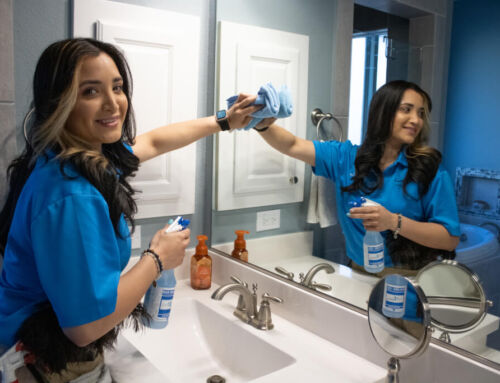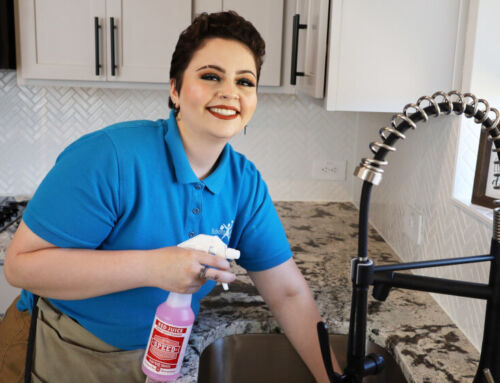 Don’t make the mistake of thinking that LCD screens work like your nifty new iPad. In general, touching should be off limits because pressing too hard on the screen can actually break or crack pixels.
Don’t make the mistake of thinking that LCD screens work like your nifty new iPad. In general, touching should be off limits because pressing too hard on the screen can actually break or crack pixels.
So the first rule to cleaning an LCD screen is don’t do it unless you have to (i.e. unless it’s actually dirty).
Rule No. 2: do it gently. Once you have those rules squared away, you need to know which cleaning materials to use and which to avoid.
Many retailers offer special cleaning solutions for LCD screens, but the truth is that most of these are made up primarily of water. So, if you don’t want to take the time to go buy a cleaner or you want to save the money you can just make your own LCD cleaner by mixing water with some vinegar or isopropyl alcohol — the solution should be no more than 50/50.
You could even start with plain water and see if you need the vinegar or alcohol, which will come in handy when you’re trying to wipe away greasy fingerprints. Some people recommend only using distilled water, but regular water works fine, according to Dave Chipman from Sharp.
Unless you want to end up with a melted, discolored, hazy or scratched LCD screen, steer clear of all spray cleaners. In particular, don’t use any solvent cleaners that include acetone, ethyl alcohol, ethyl acid, ammonia or methyl chloride. You also want to avoid using any materials that could potentially scratch the screen’s delicate surface. Opt for a soft, clean, cotton cloth instead of wood-based products like paper towels and tissues. Chipman suggests using a microfiber cloth for best results. We like the super high quality ones from The Clean Team. They’re much thinker that the cheapo towels at big-box stores.






It’s nice to know what the experts recommend. I’m going with water as the fellow from Sharp recommends.